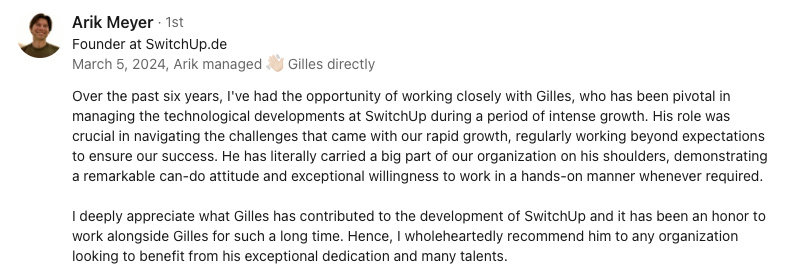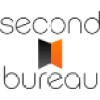Abstract:
Holographic telepresence and augmented reality (AR) teleconferencing have revolutionized remote collaboration in technology and engineering. These technologies enable immersive, real-time interactions, allowing for more intuitive problem-solving and decision-making. Holographic communication tools facilitate the sharing of high-fidelity holographic data, driving informed decision-making and innovation. Virtual holograms provide an interactive way for technology and engineering leaders to visualize and optimize designs, regardless of geographical location. CTOs, Directors of Technologies, and Directors of Engineering play a vital role in integrating and driving the adoption of these technologies, ensuring their successful implementation within their organizations to improve efficiency and foster collaboration and innovation.
Holographic Telepresence and Augmented Reality: Transforming Technology and Engineering CollaborationHolographic Telepresence: The Future of Remote Collaboration
In the rapidly evolving landscape of technology and engineering, holographic telepresence has emerged as a groundbreaking tool for remote collaboration. This cutting-edge technology allows individuals in different geographical locations to interact with life-like, three-dimensional holograms of one another, providing a level of immersion and engagement that surpasses traditional video conferencing. By enabling engineers and technology directors to collaborate in real-time, holographic telepresence has the potential to revolutionize the way we approach complex problem-solving and innovation.
Augmented Reality Teleconferencing: Bridging the Gap Between Virtual and Reality
Augmented reality (AR) teleconferencing offers a unique blend of virtual and real-world interaction, enabling participants to overlay digital content and information onto their physical surroundings. This immersive technology allows for a more intuitive and interactive communication experience, empowering technology leaders and engineers to visualize and explore complex concepts and designs together in real-time. With the ability to manipulate and interact with digital models, AR teleconferencing has the potential to significantly improve the speed and accuracy of decision-making processes, leading to more efficient and effective collaboration.
Holographic Communication Tools: Enhancing the Remote Collaboration Experience
In conjunction with holographic telepresence and AR teleconferencing, holographic communication tools have emerged as crucial components in the remote collaboration landscape. These innovative solutions allow for the seamless sharing of holographic data, enabling engineers and technology directors to collaborate on complex projects from anywhere in the world. By providing access to real-time, high-fidelity holographic data, these tools empower teams to make informed decisions faster and more effectively, ultimately driving innovation and growth in the technology and engineering sectors.
Virtual Holograms: A Powerful Tool for Technology and Engineering Leaders
Virtual holograms have emerged as a powerful tool for technology and engineering leaders, enabling them to visualize and explore complex concepts and designs in a more immersive and interactive manner. With the ability to manipulate and interact with holographic data, virtual holograms provide an unparalleled level of insight and understanding, allowing engineers and technology directors to identify potential issues and optimize designs more effectively. Furthermore, virtual holograms can be easily shared and accessed remotely, facilitating collaboration and communication among team members regardless of their geographical location.
Remote Collaboration Technology: The Role of CTOs, Directors of Technologies, and Directors of Engineering
As technology and engineering leaders, CTOs, Directors of Technologies, and Directors of Engineering play a crucial role in the adoption and integration of remote collaboration technologies such as holographic telepresence, AR teleconferencing, and virtual holograms. By understanding and leveraging the unique capabilities of these tools, these leaders can drive innovation, improve efficiency, and foster a culture of collaboration and communication within their organizations. Furthermore, they are responsible for ensuring the successful implementation of these technologies, including the development of policies, procedures, and training programs to support their use.
In Summary:
Holographic telepresence, AR teleconferencing, holographic communication tools, and virtual holograms represent the future of remote collaboration in the technology and engineering sectors. By leveraging these innovative solutions, CTOs, Directors of Technologies, and Directors of Engineering can drive growth, improve efficiency, and foster a culture of collaboration and innovation within their organizations. As these technologies continue to evolve and advance, it is essential for technology and engineering leaders to stay informed and adaptable, embracing new tools and methodologies to maintain a competitive edge in an ever-changing landscape.
You might be interested by these articles:
- Revolutionizing Visuals with Holographic Displays
- Elevating Holographic Technology
- Unlocking the Future with Personalized Holography





